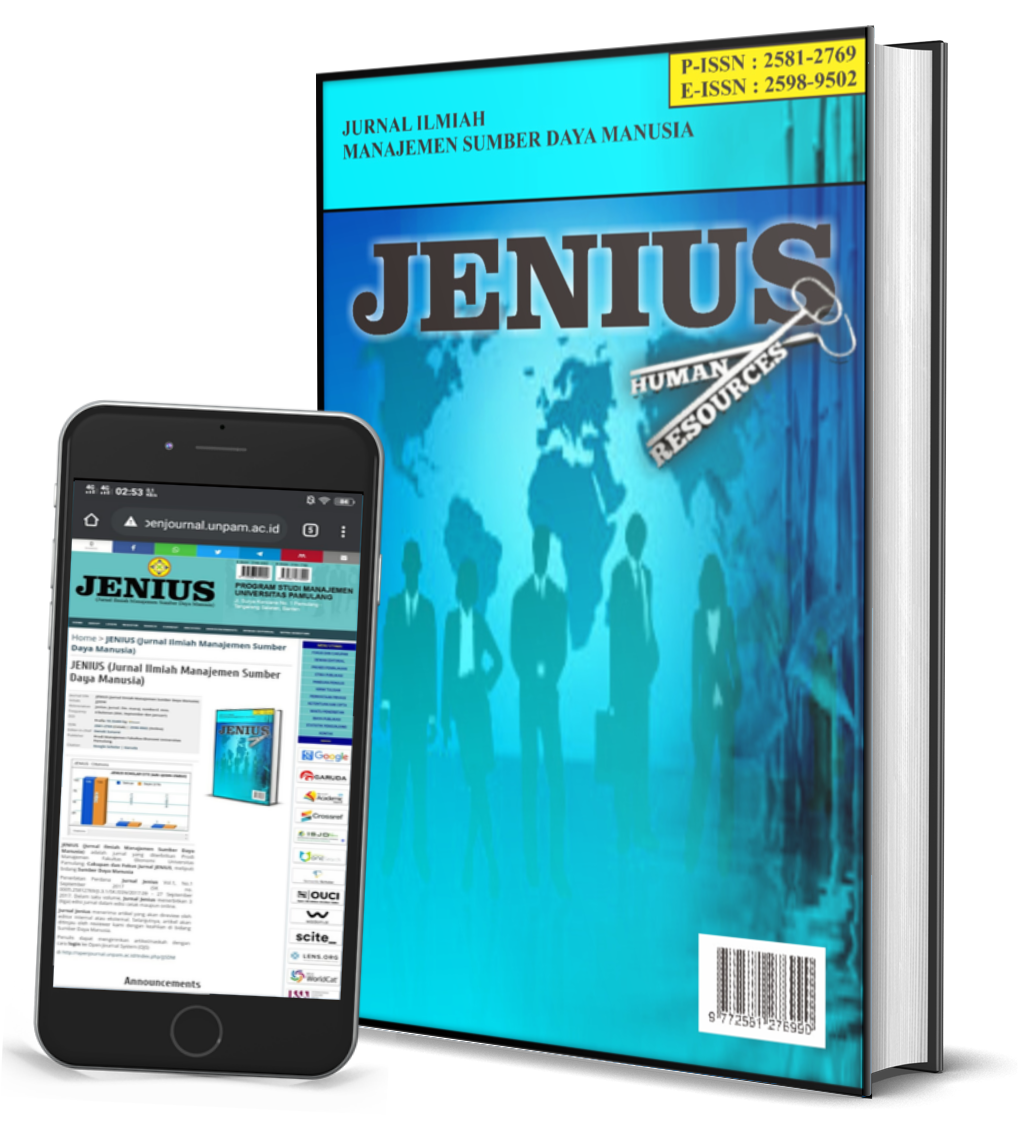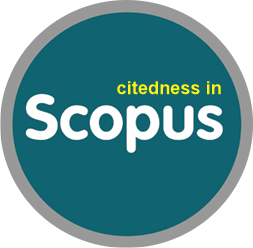The Effect Of Work Facilities, Work Motivation and Leadership Style on The Performance of Employees at The Tanjung Karang Religious Court Office
DOI:
https://doi.org/10.32493/JJSDM.v8i2.44567Abstract
This study aims to analyze the influence of work facilities, work motivation and leadership style partially and simultaneously on employee performance and analyze the most dominant variables that influence employee performance at the Tanjung Karang Religious Court. The research method is a survey. Data collection techniques by collecting data from questionnaires and documentation. Researchers distributed questionnaires within the Tanjung Karang Religious Court with a total of 50 respondents. The type of data used is primary data. Hypothesis testing in this study includes reliability testing, validity testing, multiple regression analysis testing, t-test (partial), and F-test (Simultaneous) with the help of SPSS version 26. Research Results from the calculation of the t-test(partial) it can be concluded that the Work Facilities variable (X1) has no positive effect, Work Motivation (X2) has a positive effect, and Leadership Style (X3) has no positive effect. While the F Test (Simultaneous) Partially Work Facilities, Work Motivation and Leadership Style together have a positive effect on the performance of Tanjung Karang Religious Court employees.
References
1. Ain, F. S. Q. (2020). Influence Style Leadership, Motivation, Andremuneration For Public Sector Employee Performance.
2. Anastasia Boni, D. (2021). The Effect Of Salary, Bonus, Regulations And Sanctions, Work Facilities And Teamwork On Employee Performance. 92.
3. Epi Parela, B.K. (2021). Leadership Style and Work Culture At the Tanjung. 07(02), 141– 149.
4. Fajrin, IQ, & Susilo, H. (2018). The influence of leadership style on employee performance with work motivation as an intervening variable. Journal of Business Administration (JAB), 61(4), 117-124.
5. Ferllianto, A., & Saputra, A. (2023). Performance motivation and performance discipline towards Human Resources Employee Performance Management. Scientific Journal of Economic Management and Accounting, 1(1), 188–194.
6. Jaya, I., DM, R., & Azhari, A. (2022). The Influence of Leadership Style, Work Motivation and Work Environment on the Performance of Brimob Personnel at the Brimob Unit of the South Sulawesi Regional Police. Nobel Indonesia Master of Management Journal, 3(4), 611-620.
7. Rangkuti, AE, Thasya, B., & Yanti, A. (2021). The Influence of Work Facilities and Work Environment on Employee Performance at the North Sumatra DJBC Regional Office. National Social and Engineering Conference of Medan State Polytechnic 2021, 553–564.
8. Sarif, NA, Mappamiring, & Malik Ihyani. (2020). Employee Performance in the Implementation of the Occupational Health and Safety Management System (SMK3) at PLN Rayon Panrita
9. Bulukumba Lopi. Scientific Study of Public Administration Students (KIMAP), 1(3), 1038– 1054.
10. Simalango, D., & Suwandaru, R. (2021). Leadership Risk Management Case Study of PT Asuransi Jiwa Manulife Indonesia. Journal of Financial Banking Management Nitro, 4(2), 62-70.
11. Soepalman, AA, Daga, R., & Hatta, M. (2023). The Influence of Leadership Style and Facilities on Performance Through Personnel Motivation at the Traffic Directorate of the South Sulawesi Regional Police. Nitro Management Science Journal, 2(1), 111–121. https://doi.org/10.56858/jsmn.v2i1.131
12. Sugiyono. (2018). Quantitative, Qualitative and R&D Research Methods. Alfabeta.
13. Yanti, R., Fikri, K., & Nofirda, FA (2022). The Influence of Leadership Style and Competence on Employee Performance at PT. Felousa Trimedika Indonesia (Case Study at PT. Felousa Trimedika Indonesia). 2(2), 377–386.
14. Suprida, F., Hatta, M., & Daga, R. (2022). Factors Affecting Managerial Performance of Local Government Organizations in Pinrang Regency. Nitro Management Science Journal, 1(1), 34-43.
Downloads
Published
Issue
Section
License
Copyright (c) 2024 Silvia Praptiwi, Wulan Rezky Amalya

This work is licensed under a Creative Commons Attribution 4.0 International License.
Authors who publish in this journal agree to the following terms:
The author owns the copyright of the article and assigns to the journal the right of first publication with the work simultaneously licensed under the terms Atribusi 4.0 Internasional (CC BY 4.0)
 which allows others to share the work with acknowledgment of the work's authorship and initial publication in this journal.
which allows others to share the work with acknowledgment of the work's authorship and initial publication in this journal.Authors may enter into separate additional contractual arrangements for the non-exclusive distribution of the published journal version of the work (for example, posting it to an institutional repository or publishing it in a book), with acknowledgment of the work's original publication in this journal.
Authors are permitted and encouraged to post their work online (for example, in institutional repositories or on their websites) before and during the submission process, as this can lead to productive exchanges, as well as earlier and larger citations of published work (See The Effect of Open Access).






























.png)





